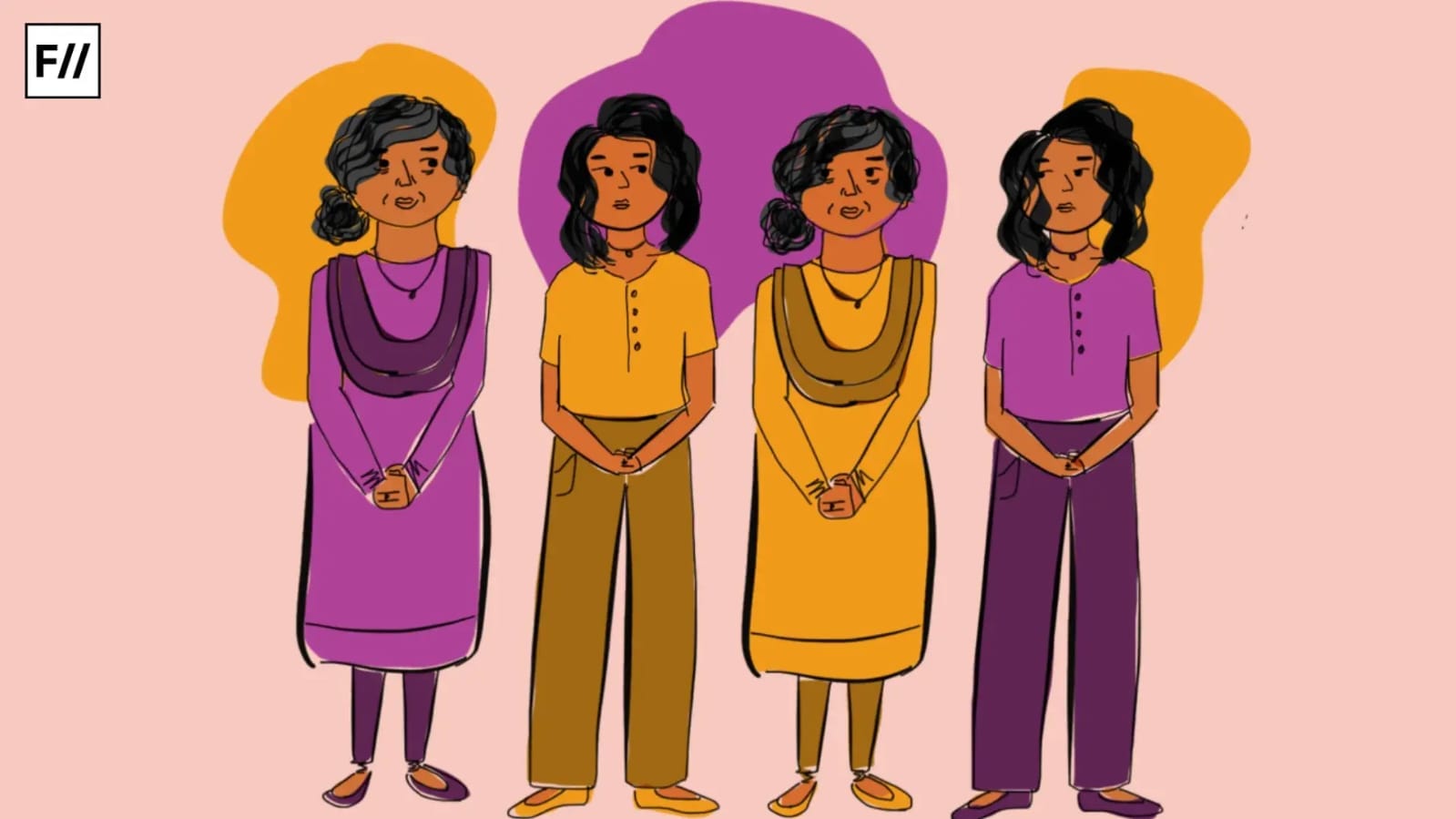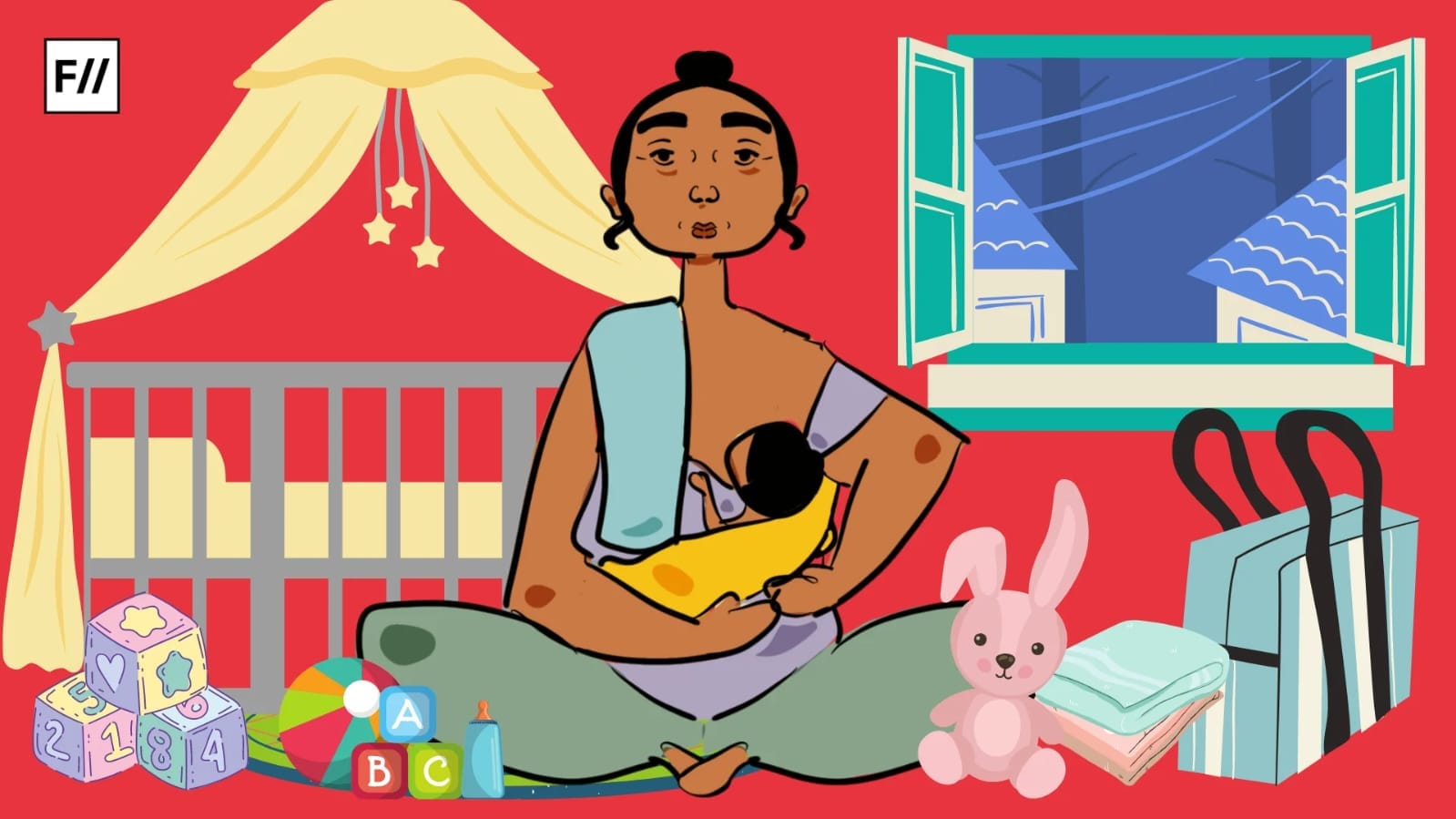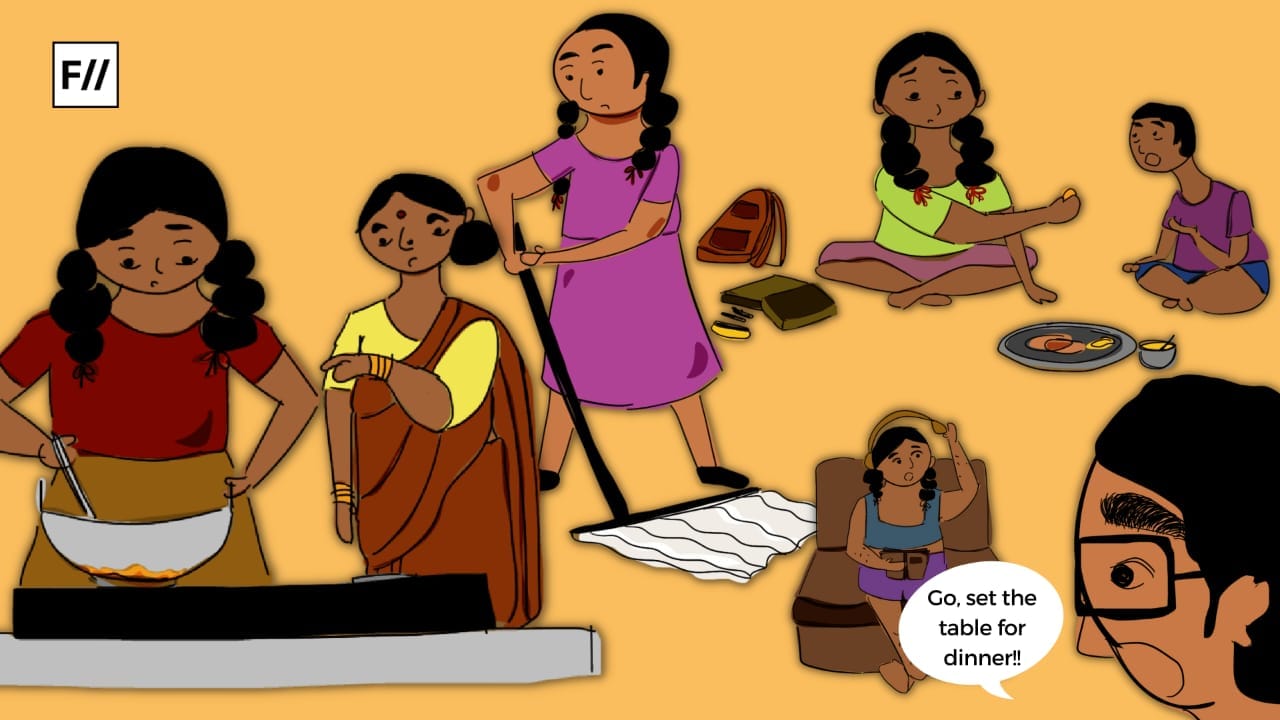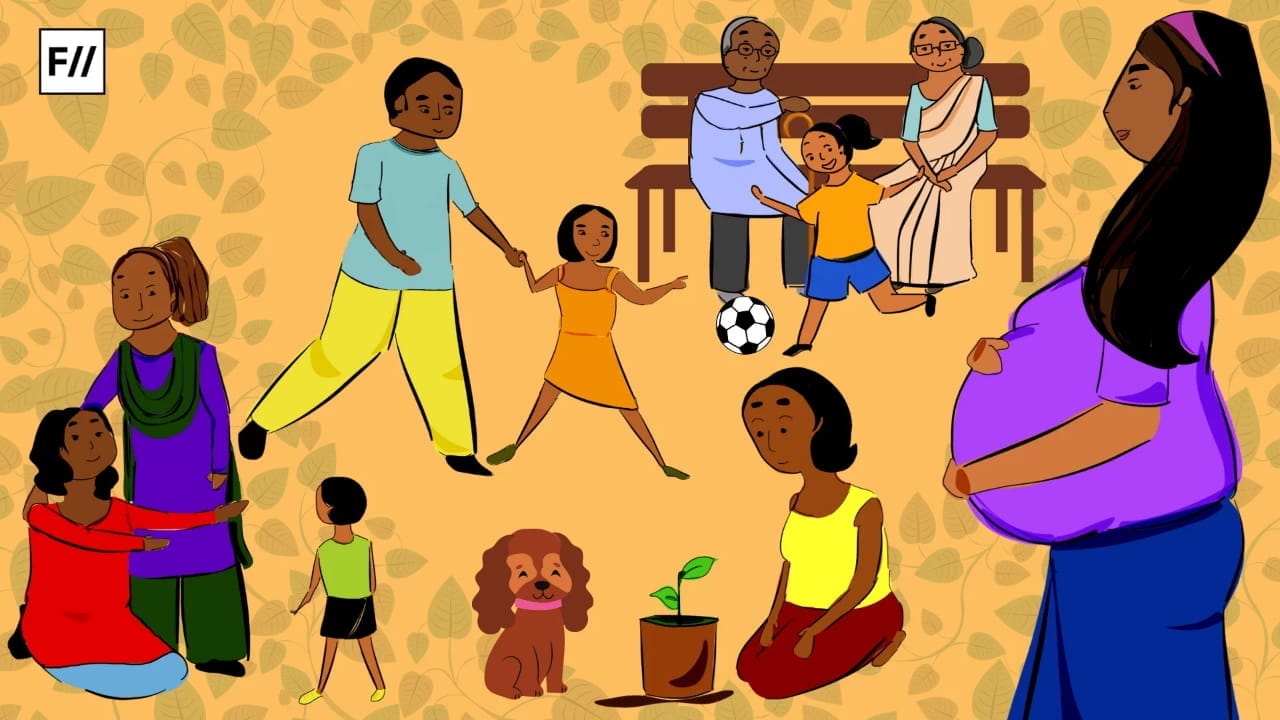In houses all over India from jam-packed Mumbai local trains and dusty village streets in Nashik, a unifying thread permeates the existence of many women: the weight of unseen, unpaid, and underwaged domestic work. Patriarchy is supported by men’s unstated, strategic denial of domestic contribution.
It is important to investigate how gender imbalance in household work isn’t just a culture but also frequently carried out through “weaponised incompetence” – a phrase to explain how men pretend incapability as a mechanism for dodging home chores. It is important to examine how these play out on working women, rural workers, queer couples, and mothers and what an equitable future would require from all.

Weaponised incompetence is not unintentional. It is a calculated way of laziness masquerading under the guise of helplessness. A 2022 Journal of Marriage and Family study indicated that a lot of heterosexual men employed self-deprecation or simulated clumsiness to keep away from work such as laundry, cooking, or childcare, forcing women to fill the gaps. The trend is found on both sides of the class divide.
Weaponised incompetence can also appear in more subtle, insidious ways:
● Finding different cleaning products as “complicated”
● Stating that they will only work if “taught step by step”
● Doing things so poorly that the women do them to prevent a complete mess.
● Grocery shopping incorrectly to prevent being asked to bring it again.
The net effect? Learned helplessness for men, and learned responsibility for women.
The economy of invisible labour
Indian women devote almost 5 hours of their daily time to unpaid domestic work, while only 30 minutes is contributed by men, as per the 2019 Time Use Survey of the National Statistical Office (NSO). However, the work does not get paid or calculated into GDP. As a minimum-wage contributor, this input would equate to almost 40% of India’s GDP (Oxfam India Report, 2021).
In India, domesticity remains idealised and gendered divisions of labour are supported by traditional values.
In India, domesticity remains idealised and gendered divisions of labour are supported by traditional values. Even in dual-income families, women are still doing “housewifery” second shifts of cooking, caregiving, and cleaning. It is not a deficiency of skill on the part of men that prevents them from assisting. It is a deficiency of will.
Urban India: the double burden on women
On daily train commutes in Mumbai, one can often hear women exchanging tales of fatigue. Some chop vegetables on packed platforms, others exclaim, ‘Job kaha khatam hue hai abhi tak?‘ Their work for pay stops at the office, but the unpaid work starts at home. The city is full of working women but hardly any working husbands.

This inequality aggravates after giving birth. According to a survey by the International Labour Organisation (ILO), 95% of Indian women leave their jobs after giving birth, while the lives of most men remain undisturbed professionally. Childbirth, which could be a collective experience, turns into an individual burden.
Maternity ironically becomes a cause for heightened invisibility. From diaper changes to school forms, the maternal figure is expected to take everything in. Fathers, good-natured ones included, tend to “assist” instead of share.
Rural India: no less strain on women
One might think the issue is urban, but that’s not necessarily correct. In rural Maharashtra, we see women working in fields, helping their partner in agriculture, animal husbandry, running small businesses and shops, and then returning home to cook, clean and tend their children and family. Men, on the other hand, prefer to rest after labour, attributing weariness. Weariness of women is normalised, anticipated, and erased.
According to a report of the Indian Council of Agricultural Research (ICAR) in 2018, women supply close to 80% of labour in agriculture but own less than 13% of land and hardly have decision-making authority.
According to a report of the Indian Council of Agricultural Research (ICAR) in 2018, women supply close to 80% of labour in agriculture but own less than 13% of land and hardly have decision-making authority. Their household duties, nonetheless, don’t decrease with work outdoors.
Rural women from Dalit and tribal communities frequently straddle multiple types of work across class and caste boundaries. Their backbreaking work, however, continues to be ignored in mainstream feminist thought.
The mother myth and reflection on the self
Some mothers never had a salaried position. They are houseworkers, not “housewives,” because they work just as hard, if not harder, than men ever worked. From sunup to sundown, they cook, clean, mess, and mop up, mediating messes and moods along the way. Their work is necessary, but not treated as work. People ask them whether they “do anything,” implying that domestic labour and caregiving were hobbies.

Such erasure is gendered. And when the woman is a mother, the erasure is multiplied. She must forgo not just time but self. Whereas her husband might “assist” at weekends, her work is lifelong, unseen, and infrequently returned. According to a 2020 UNICEF report, in Indian homes, women work 10 times more hours than men on unpaid care work. With the birth of a child, this gulf only expands.
The labour of mothers is often justified through sentimentalism. ‘Mothers are divine,‘ we say, conveniently ignoring that divinity is often code for martyrdom.
Weaponising looks like a subtle enforcement
In addition to incompetence, many men weaponise their appearance to avoid participation. This often appears as mocking or self-deprecating humor: ‘I’d ruin the kitchen,‘ ‘I look so silly with a broom.‘ A 2023 Behavioral Psychology & Gender Roles review highlights how these patterns create a social script where domestic labour is linked with femininity and emasculation.
In the media, male figures are usually portrayed as bumbling fools in the kitchen or as laughably inept parents. These images only help to reinforce the idea that it’s preferable to be more “manly” – to avoid domestic territory.
Think of the ubiquitous ad cliche: the clueless husband struggling with a washing machine while the wife indulgently laughs. These images are not innocuous, they socialise generations into thinking that men are automatically incompetent.
The queer alternative: a reimagined household
In queer couples, in which neither is socially “assigned” domestic duties according to gender, domestic work tends to be a space of active negotiation. A 2015 systematic review of lesbian couples (2000–2015) concluded they consistently engage in a more equal distribution of household labour than heterosexual couples, often organising chores by preference or ability rather than traditional gender roles.
In queer couples, in which neither is socially “assigned” domestic duties according to gender, domestic work tends to be a space of active negotiation.
Why? Because queer relationships challenge the normative hierarchy of who ‘should’ do what. That challenge creates space for mutual respect and division of labour based on ability, not ancient tradition.
How patriarchy expresses itself in household withholding
Every story from a male boasting he can’t cook to a husband who “remembers” to do the laundry is more than a personal failing. It is an expression of how patriarchy socialises men to withhold labour strategically. It is not laziness but learned entitlement.

Drawing on sociologist Raka Ray & Seemin Qayum’s analysis of class and gendered labour in Cultures of Servitude, this can be understood as a form of “hierarchical withdrawal” in which men profit from a system that renders their non-participation invisible, excusable, and even laudable. It’s patriarchy not at its most boisterous, but at its stealthiest, though no less deadly.
Overcoming the idealisation of traditional values
Typically, the rationale for such partition arrives in the guise of idealising “traditional values” and “feminine virtue.” These values place women in their natural roles as caregivers and men as breadwinners, exempting the latter from household responsibility. But all such ideals have no place in a modern, forward-looking society, which is working towards gender equality.
What can men do?
● Recognise the disproportion: The initial step is perceiving unpaid work as actual work.
● Educate themselves: Master basic chores without looking for approval. If YouTube can instruct you on how to repair a car, it can instruct you on how to scrub a toilet.
● Practice proactive care: Do without being told. Sharing the load necessitates taking on the responsibility.
● Support feminist discussions at home: Discuss emotional and invisible labour. Engage sons to clean, and prevent daughters from overdoing it.
● Organise for structural transformation: Demand paternity leave, workplace crèches, and the protection of domestic workers.
Theory is not sufficient for feminism to flourish. It must start at the sink in the kitchen.
Towards a fairer household for women
Real feminism cannot stay a boardroom discussion, a buzzword, or a policy objective. It has to move into kitchens, bathrooms, laundry hampers, and nursery cribs. The household is not neutral. Household work, like all labour, has power, dignity, and worth.
The household is not neutral. Household work, like all labour, has power, dignity, and worth.
And so the question is: What do we want our household to look like? Based on weary convention or based on shared effort, tenderness, and fairness?

If we’re going for the latter, men need not only “help” but rather do their portion. Not as a compliment, nor as a supporter, but as an equal.




